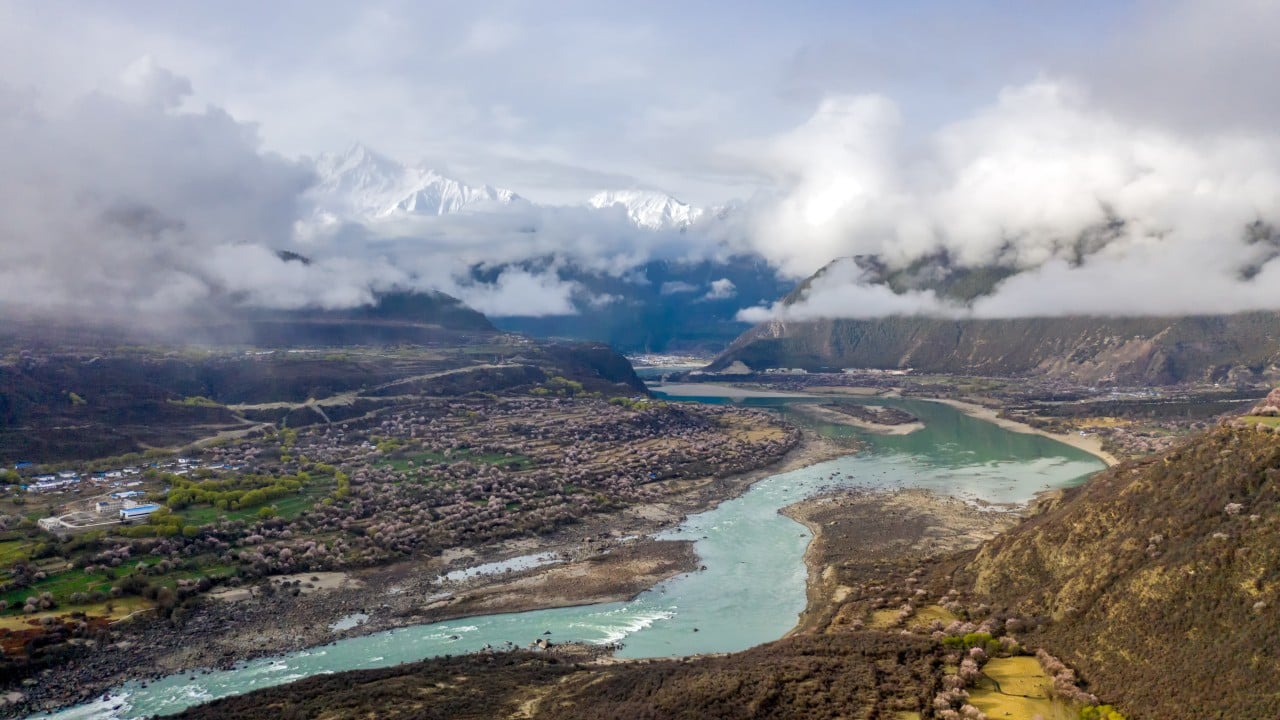China’s latest mega dam on the Tibetan Plateau could help draw neighbouring countries closer into its economic orbit by supplying electricity and boosting growth, analysts have argued.
Advertisement
According to some estimates, the dam on the Yarlung Tsangpo will be the world’s biggest, producing up to 300 billion kilowatt-hours of electricity each year, three times the output of the Three Gorges Dam.
State news agency Xinhua said over the weekend that its output would “primarily deliver electricity for external consumption” but would also meet local demand in Tibet.
But the project has drawn concerns about the impact on water supply and ecological risks downstream in India and Bangladesh, where the river is known as the Brahmaputra, although Beijing has said it was not seeking to benefit at the “expense of its neighbours”.
India is also worried about Beijing’s efforts to strengthen its influence in South Asia, and Chinese observers said the project could help increase its sway over countries such as Nepal, Bhutan, Myanmar and Bangladesh, which have long struggled with power shortages.
Advertisement
The project “will undoubtedly become a major power hub for surrounding countries and related neighbouring regions”, according to Zhu Feng, dean of the school of international studies at Nanjing University.

